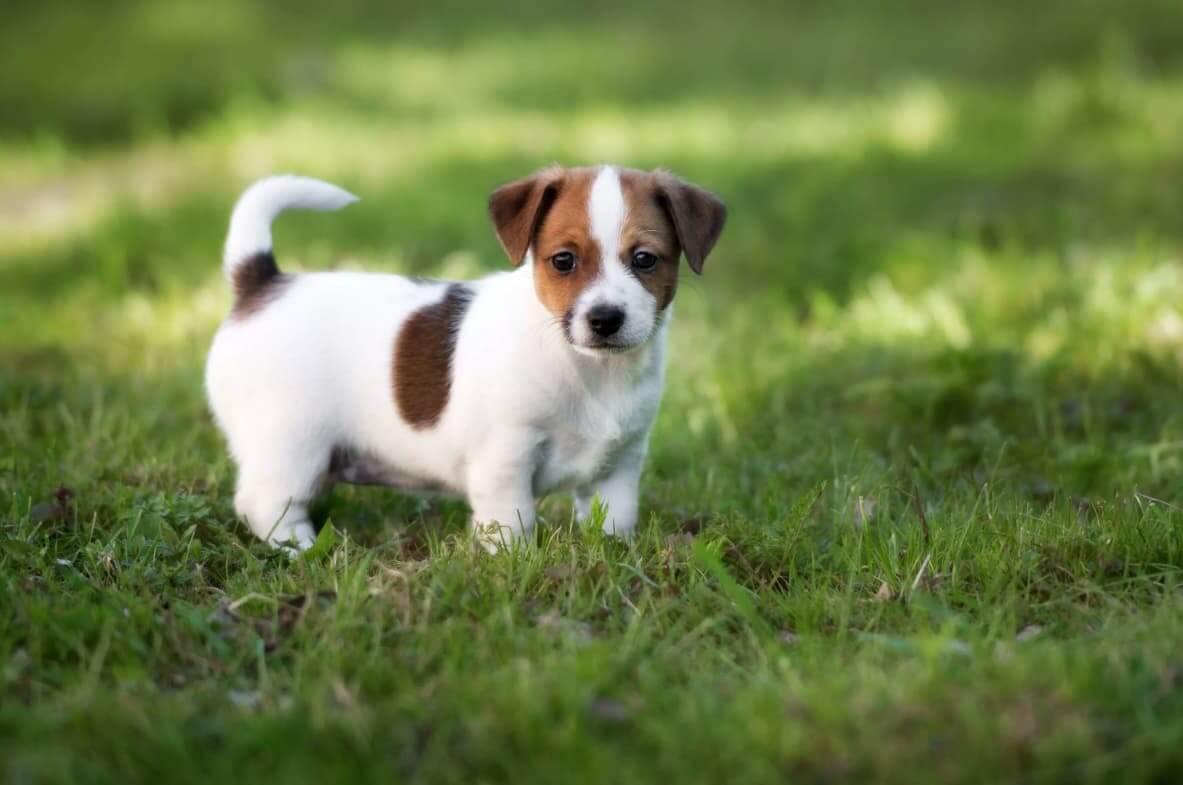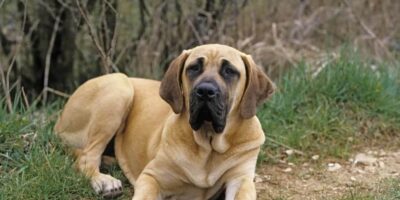Origin and Ancestry
They hunted foxes, raccoons, and badgers for a long time. And at home, they eradicated vermin.
The Reverend John Jack Russell, the breed’s founder, loved dogs and hunting. In 1873, he created a club and started breeding to a breed standard. Initially, the Russells attempted to breed with the bull and terrier to produce a fighting dog. This crossover provided them with muscular relaxation and a robust constitution.
They were transported to Russia during the 1890s. They were initially rejected by dog lovers because they were thought to be deformed Fox terriers. Only after “The Mask” was released did they become well-known. Imports from the top kennels grew, as did the number of domesticated dogs. Many kept dogs in stables to protect against vermin.
Characteristics of the breed
The dog’s height ranges between 25 and 38 cm. The body is supple and robust, with a strong back, and the neck is muscular. The lobe of the nose is black. The eyes are almond-shaped and dark in tone.
The ears are elevated on the cartilage, with the tips hanging forward and next to the skull. The tail is placed straight and high. A portion of his tail gets cut off. The coat is thick and silky. Coloration may be white with black or red dots (including various shades of red).
Character
Dogs like being the focus of attention. When you invite company around, your Russell Terrier may at first be wary, but will quickly warm up to them.
They will not always build a bond with other animals. They consider tiny creatures to be prey. The vast population will be competitive. Attention of the owner. They will not be willing to share.

Preservation and Care
In addition to typical walks, the Russells require additional exercise: they like leaping and running in unique locations. Additionally, you can take them jogging; they will be overjoyed.
Jack Russells are not suitable for outdoor living. Only provide them with warmth and comfort. He should have his own designated sleeping and resting area.
It is vital to keep a check on the dog’s ears and eyes, and to trim its claws twice a month so that it may leap and stroll on the pavement without discomfort.
Due to its tiny size and short hair, the Jack Russell breed does not smell like a dog. Therefore, shampoos and particularly sprays, are unnecessary since they just dry and irritate the skin. After each walk, it is sufficient to wash the Russell with simple water and then dry it with a towel.
Training
Before bringing your puppy home, you must choose a name for him. You shouldn’t call him anything else until he learns his name, even variations of “baby” and other names.
One of the most important commands is “Ew” and “No“. Upon receiving the instruction, Jack must instantly cease their current activity. The dog should link the term with a negative impact. Stop your dog from eating and picking up objects from the ground. This is essential for his wellbeing. Take away the nasty bone and feed him a delicious dinner. Then he will immediately comprehend everything.
If you behave violently during training, you will lose touch with the animal.
“Come to me” is the second most crucial order. It will help you prevent issues throughout the stroll. Do not forget to praise your dog for doing tasks appropriately.
Teach the remaining commands “Sit“, “Freeze“, “Down“, and “Give me your paw” are not tough commands for Russell to catch on the fly. They enjoy learning and pleasing their owner, so they will be eager to learn something new and impress you.
Wellness and Illness
The most prevalent ailment in Russells is an eye disorder known as luxation (or displacement) of the lens. It typically manifests between the ages of 3 and 8 years. This condition may affect either one or both eyes.
As regards genetic disorders in Russells, this includes kneecap dislocation. The dislocation may cause the knee ligaments to burst. Surgery may be required.


